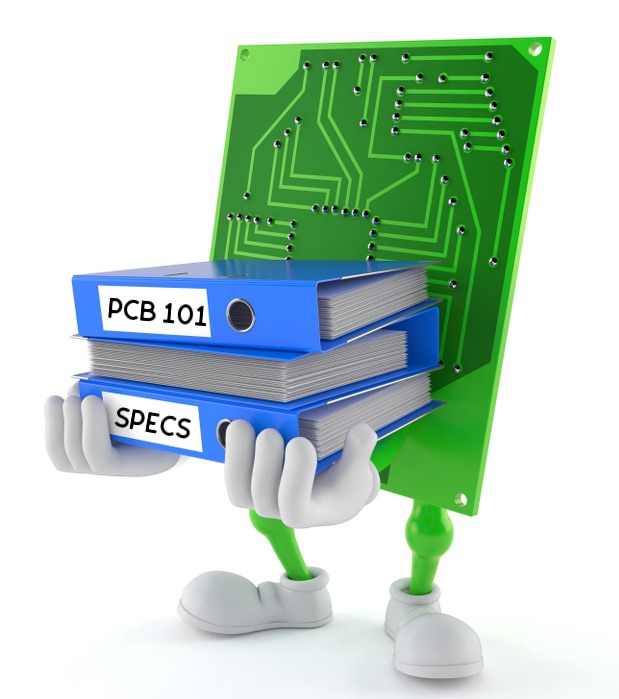
I have been selling bare printed circuit boards (PCBs) for over 30 years to a variety of customers who ordered a wide selection of PCBs. The most common complaint (or fear) of the buyer was the number of engineering questions (EQs) asked whenever a new order is placed or a when a part number was moved from one supplier to another.
After a while, I began to wonder whether the problem was not so much with the fabricators as with the buyers. Did purchasing and engineering personnel lack the training needed to properly relay all the information required to properly build a PCB?
Based on my experience, I offer some tips on limiting the number of EQs asked by your PCB supplier to help speed orders through the manufacturing process:
- Although not all buyers have the expertise to do this, files need to be checked before sending to fabricators to ensure orders have all required information and that they fall within industry (and possibly company) manufacturing standards.
- Many old fabrication drawings need to be updated. Often, companies lack a documented PCB fabrication specification that manufacturers can reference when they receive information that is incomplete or needs clarifying.
- “Print states: Build to IPC Class 2. Is that IPC-A-600 or IPC-6012?” This simple question means a world of difference when it comes to the amount of testing and paperwork required. The customer might require all that additional paperwork to confirm the assembly meets its needs. If the proper paperwork isn’t with the boards at delivery, the assembled product might be useless. Be sure you answer this question. By the way, “Just build commercial” is not an acceptable answer, as both IPC-600 and IPC-6012 are commercial specifications.
- “Are X-outs allowed?” To save on PCB costs, some assembly operations can accommodate PCBs that are provided in array or panel format with X-outs – nonfunctional boards – while other assemblers cannot or will not accept X-outs. A corporate PCB fabrication specification spelling out customer preferences addresses this issue and saves time.
Surprisingly, many companies, including some well-known OEMs and plenty of EMS firms, do not have a corporate PCB fabrication specification that is unique to their operation or assembly needs. This document can be as concise as a few pages. It should outline everything from acceptable material types to desired metal finishes to final packaging and storage requirements. It should also include panelization instructions.
Corporate fabrication specs should answer most EQs. You might get specific queries about dealing with artwork tolerances, for example, or the need for a stack-up variance to permit controlled impedance. Those questions would have to be answered individually.
Companies can save a great deal of time by creating fab specs and then ensuring they are fully understood within the firm and among the vendor’s personnel.
I hope the above few suggestions help.
Want more board buying and supply chain information? Reach out to me at greg@directpcb.com.
Click here to get a free copy of my book, PCB Basics for Buyers.

Thank you